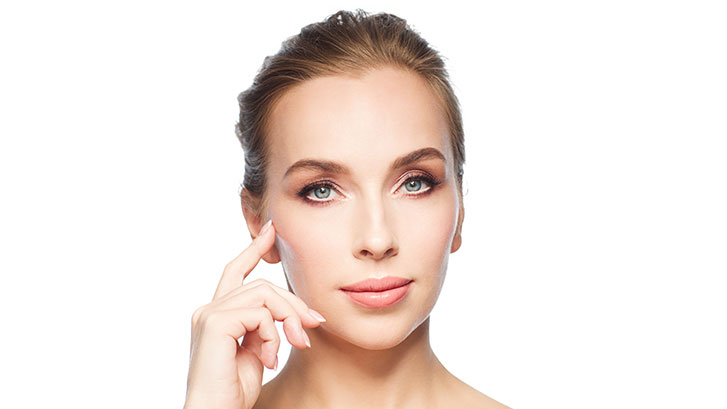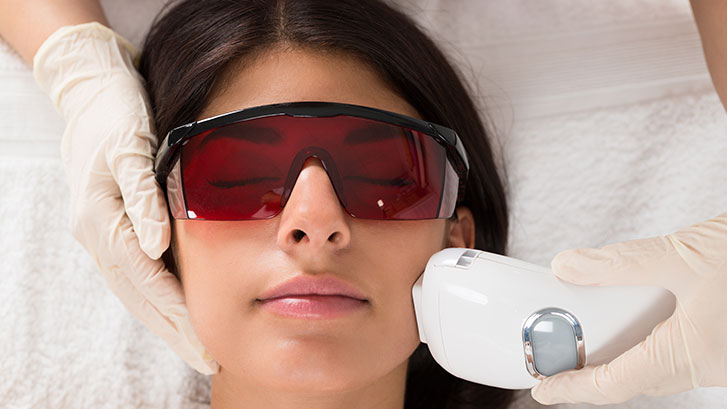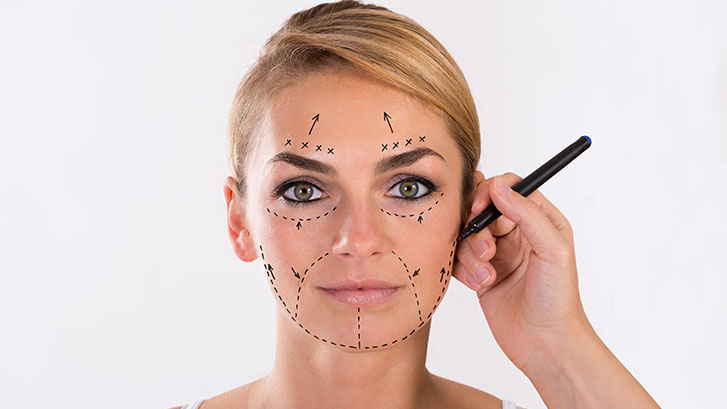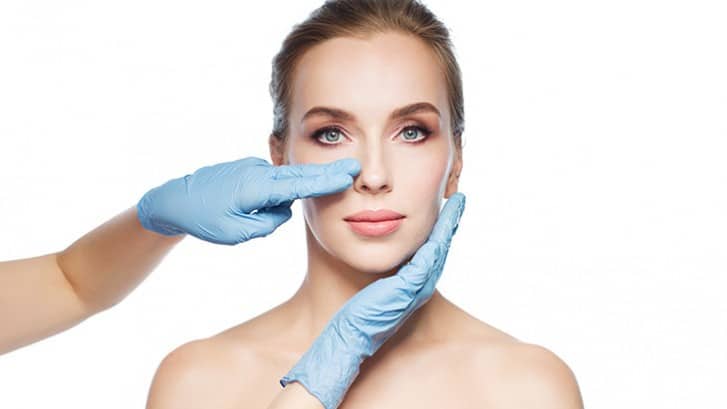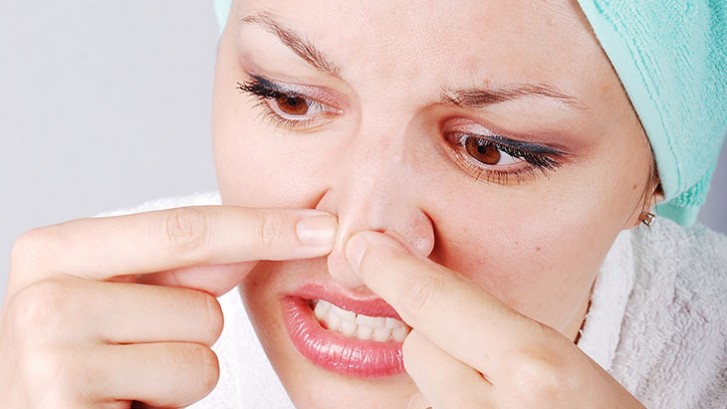How Custom Implants Achieve a Natural Look
A major concern for many plastic surgery patients is whether or not their plastic surgery results will look natural, especially because of dated stereotypes about plastic surgery results looking artificial and aesthetically unpleasant. However, new plastic surgery techniques, like custom facial implants, allow for gorgeous, natural-looking results.
Custom facial implants are an alternative to traditional standard facial implants. While standard facial implants are cheaper than custom facial implants and there are multiple choices in the shape and size, standard facial implants are unable to match the natural results of facial implants that are customized to the shape, size, and proportions of your unique face.
3 Dimensional Computer Modeling
One of the reasons that custom facial implants are able to get such great results is because of the process that goes into designing them. First, the plastic surgeon takes a three dimensional “CT” scan of the patient’s head. This scan can be explored and manipulated via computer software. Then, the CT scan is transformed into a physical model of the patient’s skull. Finally, the digital scan and the physical model are used together to design an implant that is perfectly sized and shaped for the patient’s facial structure. This combination of CT scans and computer technology is called 3-D Accuscan®.
Custom Implants and Facial Reconstruction
While custom implants are ideal for patients who want modifications to their face for cosmetic reasons, they can be life changing for patients who’ve undergone severe facial trauma and are in need of facial reconstruction. Any properly inserted facial implants restore normal function and appearance to the face, but custom facial implants are unparalleled in their ability to recreate the patient’s appearance before their facial trauma.
Custom facial implants are also far less traumatic than the cutting, moving, and grafting of bone and cartilage associated with the traditional alternative to facial implants, orthographic surgery, which was also prohibitively expensive for many patients.
Choosing the Right Plastic Surgeon
While custom implants have great potential, the implants alone aren’t enough to guarantee great results. Your plastic surgeon will be responsible for the proper creation and application of your custom implants, so having a skilled plastic surgeon who understands what you hope to achieve from your plastic surgery is essential in getting attractive and natural looking results.
Your surgeon should have ample experience in custom facial implants and you should look at before and after images of their results to make sure their surgeries provide results you would enjoy living the rest of your life with. Choosing an experienced reconstructive facial plastic surgery specialist, even if you only want implants for cosmetic reasons, is ideal because a specialist has greater knowledge about custom facial implants and more experience creating and manipulating custom facial implants.
Dr. William J. Binder
Dr. William J. Binder is a Los Angeles based reconstructive facial plastic surgeon with decades of experience in the field. However, Dr. Binder is even more than just an experienced facial reconstructive plastic surgeon. Dr. Binder actually originated the 3-D Accuscan® process, which he presented at major national conventions and published in the Plastic and Reconstructive Surgery Journal.
Dr. Binder was also awarded the American Academy of Cosmetic Surgery’s Outstanding Achievement Award because of the significance of this process in the fields of reconstructive and aesthetic plastic surgery, and is considered one of the world’s leading plastic surgeons.
If you’re interested in having your custom facial implants made and inserted by the world’s expert in 3-D Accuscan®, don’t wait to act. Contact Dr. Binder’s office today to schedule your consultation.

